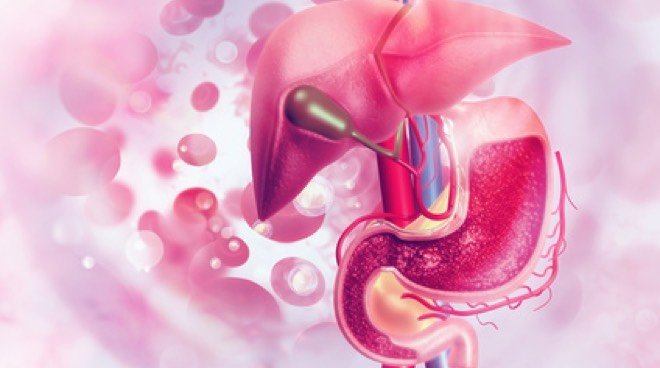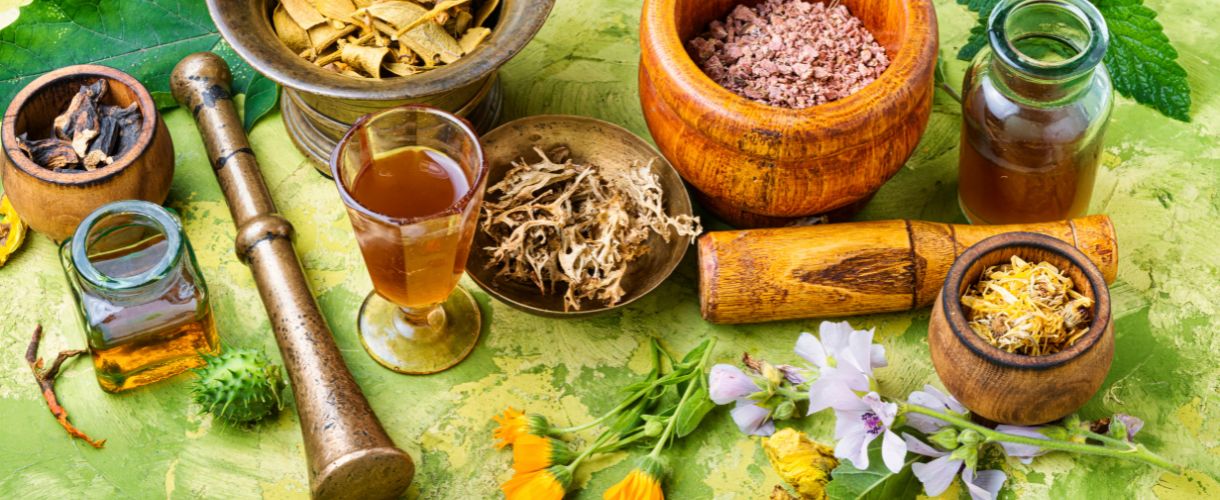
Thought of the day
January 1, 2019
Shiva Shambo
February 10, 2019Kledaka kapha is one among the five subtypes of kapha.
Kleda means ‘moist’. Kledaka means ‘that which causes moistness’.
Kledaka kapha is that kapha being located in the stomach, on receiving food, gets mixed with it and moistens it so as to prepare it into a bolus. This allows the food to be digested as a single mass.
Seat of Kledaka Kapha
Kledaka kapha is formed and located in the stomach. Formation happens in the first stage of transformation of food, namely madhura avastha paka. This includes all change occurring in the food from the mastication of food in the mouth to the chymification of same in the stomach.
The food we consume undergoes three stages of transformation at three different sites of the gastrointestinal tract. These stages are called avastha paka (avasthameans ‘stage’, paka means ‘digestion/cooking’).
Transformation of food taking place in the stomach after the masticated food enters it is called madhura avastha paka. Madhur means ‘sweet’. Here, in the stomach, during the stage of digestion, all foods, immaterial of their taste are converted into a chyme which carries a sweet taste. This rule is majorly applicable for foods which are sweet, sour and salty in taste.
At the end of this sweet predominant transformation of food, the kapha which is also sweet in taste and cold in quality is formed in the stomach. This is kledaka kapha. It is foamy in nature.
Owing to the sweetness, stickiness and moistness of food entering the stomach, the kapha which is sweet and cold in nature is formed in the stomach.
Functions of Kledaka Kapha
Anna sanghata kledana: moisten and produce unctuousness in the food entering the stomach.
We eat various kinds of food, such as solids, semisolids and liquids. These, on reaching the stomach come into contact with kledakamkapha located in the stomach, which makes the food mass moist, smooth and unctuous and brings it into a form which can be easily digested.
Bhinna sanghata sukha jaro bhavati:
The action of kledaka kapha on food not only moistens it but also breaks complex food molecules into smaller and less complex components. When the food is broken into smaller components, the food would be easily digested.
Shesha kapha sthana anugrahanam:
According to Sushruta, kledaka kapha, located in the stomach controls other kapha subtypes and their abodes by virtue of its inherent strength and power. Thus, stomach and moistening kapha are control stations of the activities of other kaphic subtypes and their abodes.
The balance of kledaka kapha would ensure the balance of other kapha abodes and the residing kapha subtypes, namely avalambaka kapha, located in the chest cavity, tarpaka kapha located in the head, shkleshaka kapha located in the joints and bodhaka kapha located in the tongue. Imbalance in kledaka kapha would create functional imbalance of the other subtypes of kapha too. It n ot only controls other subtypes of kapha, but also nourishes the entire body. This is possible because of udaka karma, or the water-like nourishing and refreshing activity of kapha.
However, contrary to Sushruta’s view, Vagbhata is of the opinion that it is Avalambaka Kapha, located in the chest cavity which is the chief governing kapha and it controls the other subtypes of kapha, being located in the chest cavity, owing to its nourishing property (ambu karma, or water like functions).
Counteracts the corrosive and burning effect of pitta:
The seat of kapha is understood to be located above the seat of pitta. In this context, the seat of kledaka kapha, namely the stomach is anatomically placed above the seat of pachaka pitta, namely the small intestine, or duodenum to be precise. This also means that a body of water is placed above a body of fire.
Kledaka kapha thus always checks on the hyperactivity of pachaka pitta. If pachaka pitta is hyperactive, it leads to the production of severe heat in the intestines. This will have an impact on the other pitta subtypes of the body, ultimately leading to increased heat and burning sensation all over the body. This will eventually lead to corrosion and inflammation, which is a dangerous situation.
The presence of avalambaka kapha, which is watery and cool in nature, above the hot and corrosive pitta will buffer the activities of pachaka pitta and thus keeps it under control. This will also enable pachaka pitta not to go out of sorts and indulge itself in properly digesting food without causing complications.
This phenomenon of kledaka kapha acting as a buffer to pachaka pitta is a simple explanation. Just as the Moon, by its coolant property in nature, is positioned to counteract the heat of the Sun, kledaka kapha, owing to its coolant property in the human body, is positioned in the body, counteracting the heat of pachaka pitta.
Pachaka pitta is produced in the stomach too. By buffering the acidic behaviour of pitta, the kledaka kapha protects mucous membranes and the muscles of the stomach from getting damaged and eroded.
Pathology related to Kledaka Kapha imbalance
When there is kledaka kapha imbalance, many diseases of the gasgtrointestinal tract set in, particularly diseases of the stomach.
Excessive production of kledaka kapha produce diseases such as dyspepsia, indigestion, anorexia, nausea, vomiting, sinusitis and coryza. heaviness, laziness and lethargy, excessive sleepiness and so on.
Deficit production of kledaka kapha means a lack of protection of the stomach and intestines from the corrosive action of pitta. This leads to many diseases, such as gastritis, reflux oesophagitis, gastric erosion, peptic ulcers and so on.
Since kledaka kapha controls the other kapha subtypes, imbalance of this kapha would have an impact on the other kaphas too. This would led to pathological manifestations of other kapha subtypes in their respective seats.
Contemporary correlations
Seeing similarity in terms of anatomy and physiology of kledaka kapha, it can be closely correlated with gastric mucous secretions, that is gastric mucin. A description of mucin secreted by mucoid cells or cardiac and pyloric glands of the stomach resemble that of kledaka kapha. Gastric mucin, like kledaka kapha is secreted in varying quantities from what is known of its functions. It seems to serve three essential purposes, namely:-
– Buffers the strong acids
– Inhibits the action of pepsin
– Moistens the food by loosening molecules, especially the protein molecules before they are acted upon by pepsin.
Ayurvedic Treatment
Vamana, Virechana, cooling herbs such as Shatavari, Kaparda, Shankhabhasma and so on are used for treatment.
PLEASE NOTE: All the information in this article and the entire website is only for the purposes of education. They are not intended to diagnose, prevent, treat or cure any disease. Self-medication can be dangerous. Always consult your doctor, or registered Ayurvedic practitioner for any health issue.






